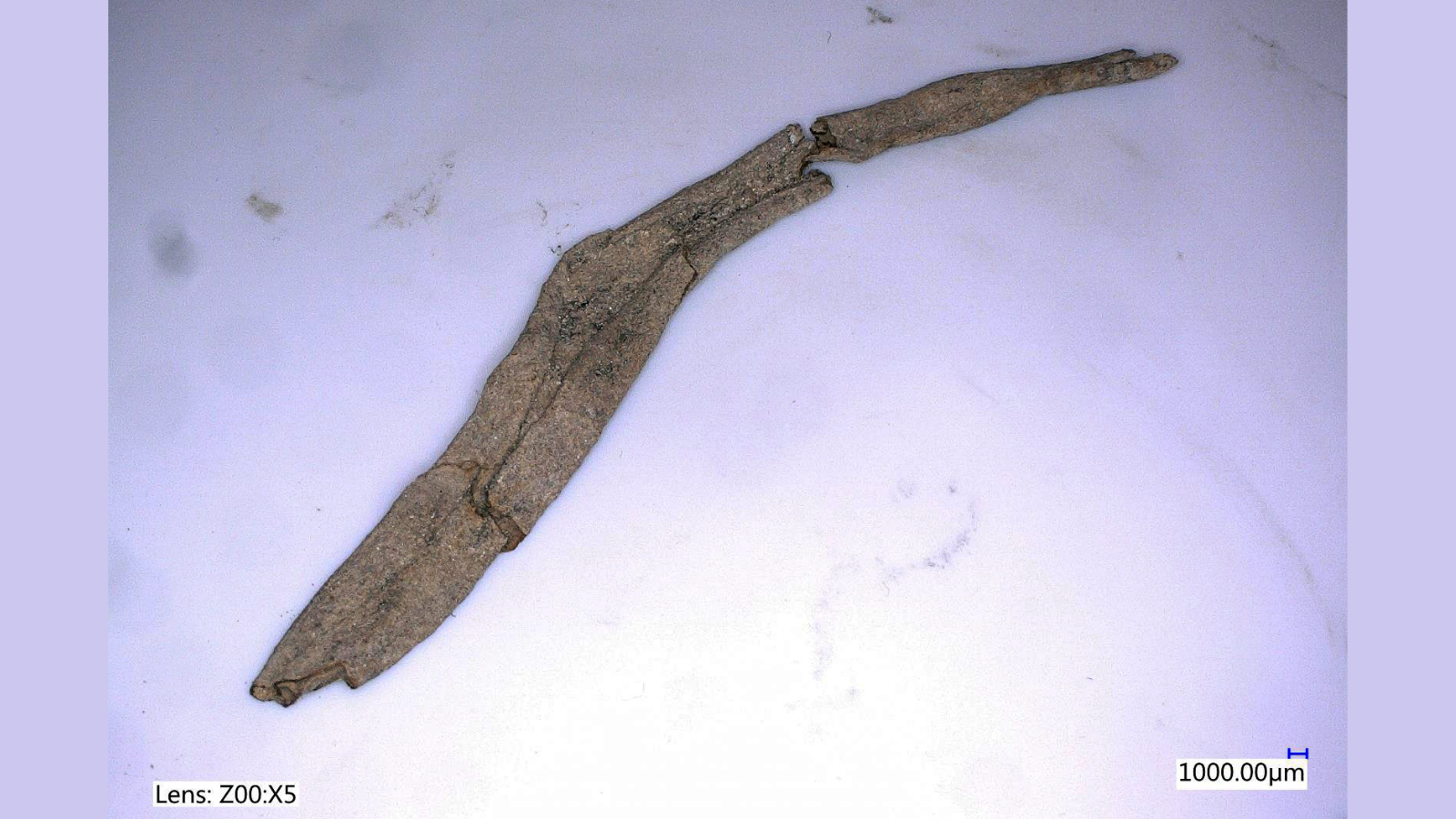Europe's oldest vanilla identified by our scientists

Archaeobotanical research on the early modern period plays a key role in documenting the spread of useful plants and provides valuable information on the development of globalised economies in the centuries following the discovery of America. The importation of exotic plants from the New World to Europe has received particular attention. An international team led by Jitka Irmišová and Jaromír Beneš from the Laboratory of Archaeobotany and Palaeoecology has recently documented the importance of Prague as a cultural and commercial centre of Central Europe.
The subject of the new study is a vanilla pod found in the floor vault of the Vladislav Hall in Prague Castle. This find was subjected to a thorough archaeobotanical, historical and chemical analysis. Radiocarbon dating (1513-1666 A.D.) confirmed the consistency with historical and archaeological data and suggests that vanilla was introduced to Prague during the Habsburg period (1583-1611). Specialists from Budějovice have long been involved in archaeobotanical research in Prague. The key to confirming the identification of the pod as vanilla was a chemical analysis, also carried out by a Czech domestic laboratory.
Originally from Central America or the Caribbean, vanilla was known in the Americas by the Aztecs, who combined it with cocoa beans as part of a luxury drink. This tradition later spread to the European aristocracy, demonstrating how early modern globalisation affected not only trade but also culinary habits.
Link to the article: https://doi.org/10.1016/j.jasrep.2025.105099
The oldest vanilla discovered at Prague Castle was also published by the prestigious American magazine Archaeology
Contact: Mgr. Jitka Irmišová (




